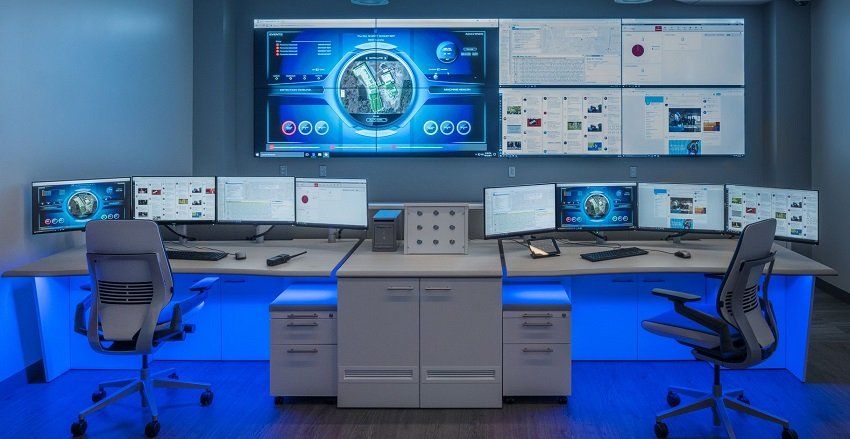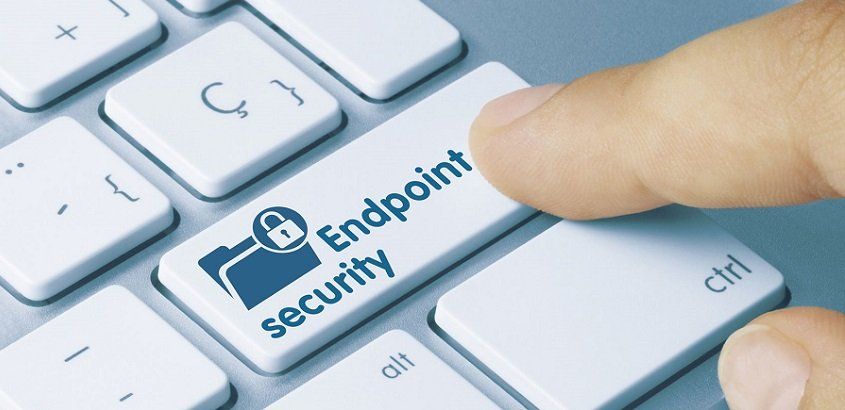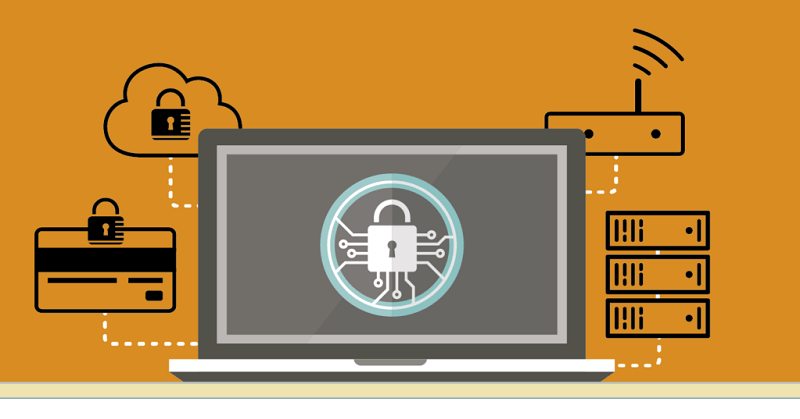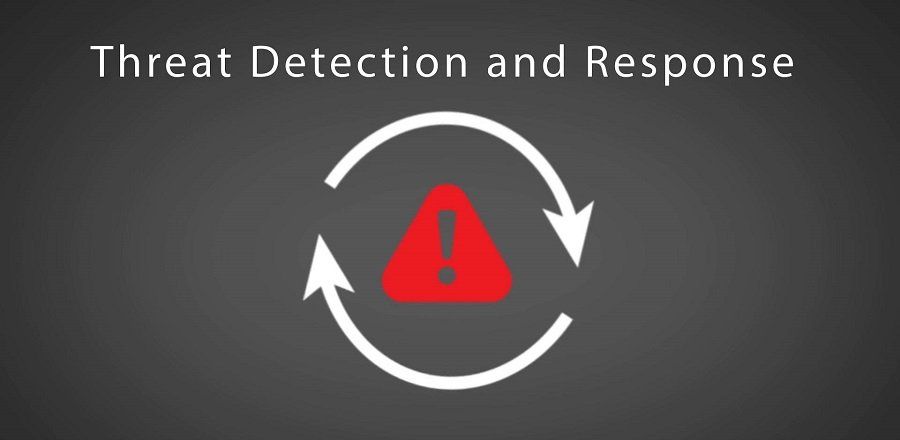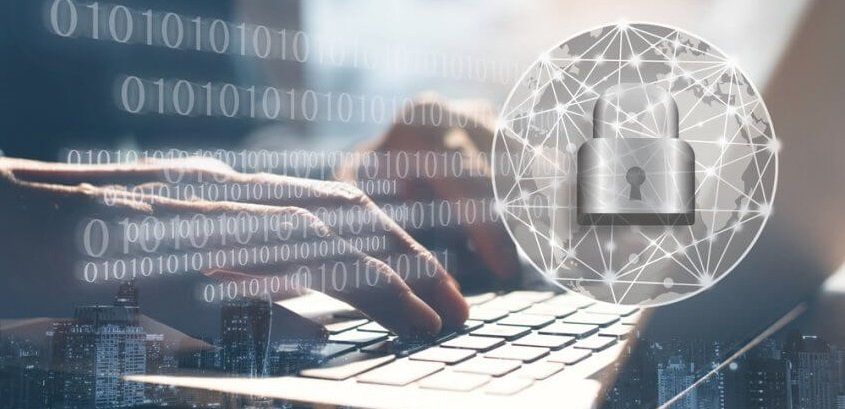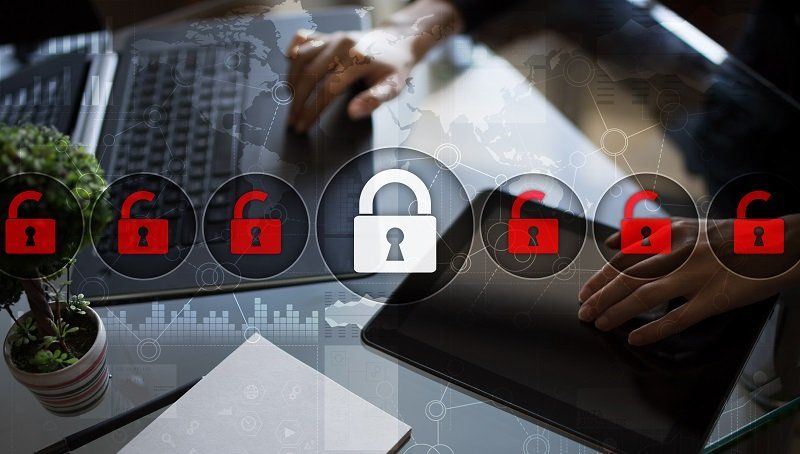Cybersecurity Threats Healthcare Sector Must Deal With
- By Michael Samson
- •
- 17 Aug, 2023
- •

The criminal dynamics have changed significantly in the past few decades. Along with homicide, theft, and robberies, cybercrimes have become much more prevalent. Even the basic societal sectors like the healthcare industry are on the hit list of cybercriminals.
Cybersecurity is a basic need of every field and sector of society, including healthcare. In this advanced era, all the medical records and history of patients, equipment access, medical research, and other confidential data is stored online. It is susceptible to a vast range of security attacks, and you must take appropriate measures to protect it.
Give an in-depth read to this article to get your hands on cybersecurity threats the healthcare sector must deal with and learn the effective means to do so.
Top 6 Cybersecurity Threats For the Healthcare Sector
Cybersecurity is a point of concern for each and every field of society, and the healthcare sector is no exception. A vast range of threats are looming over the industry. Learning about them is a basic step towards developing strategies or taking active measures to stay safe from them.
The most notable cybersecurity threats for the healthcare sector include the following:
1. Ransomware
Ransomware is the most crucial cybersecurity threat to the healthcare sector. In this advanced era, all medical records, clinical systems, and surgical instruments are connected to the Internet and cloud services. Cybercriminals can access the data, encrypt it and demand ransomware to share the decryption key.
In the meantime, the whole facility, including the life support equipment, will be inoperable and may even take the life of critical patients. Protecting hospital data and equipment is crucial. Many facilities hire cybersecurity companies Abu Dhabi to protect their online sources and avert cyber-attacks.
2. Data Breaches
Data breaches are the most common cybersecurity threat to the healthcare sector. The hospital and other health facilities have ample sensitive data, which comprises patient information, disease research, and funding and finance details. Cybercriminals can hack into the systems to access the data or manipulate or threaten some authority to grant them access.
The criminals can sell the sensitive data to third parties, and lead to data leaks and information disclosure for monetary gains. Data breaches not just hurt the reputation of the facility but the patients and their families and can lead to legal battles.
3. Account Takeover
Account takeover is another common cybersecurity threat the healthcare sector needs to watch out for. In such an attack, the criminals target accounts with weak and compromised passwords to get access to confidential and sensitive data. The criminals can access legitimate accounts through account takeover and then use it to plant ransomware, launch phishing attacks, and other malicious activities.
Using strong and machine-generated passwords for all types of accounts is more than necessary in current times to protect them from cyber-attacks. You can also use the help cybersecurity services for strong passwords and monitor online threats.
4. DDoS Attacks
DDoS attack is the next cybersecurity threat looming over the healthcare sector. The distributed denial of service attack compromises a network by bombarding the system with more malicious traffic than it can handle. The result is crashed systems that hinder the access of healthcare staff or patients to online data for treatment purposes.
The attackers may demand ransomware to restore it, or the authorities will have to rebuild the systems from scratch. DDoS attacks can be monitored and averted by utilizing the skills and expertise of cybersecurity experts. Therefore, healthcare facilities must hire experts or outsource the service to protect the resources.
5. Insider Threats
Insider threats are the next significant cybersecurity threat for the healthcare sector. As the name suggests, insider threats are propagated by internal figures or authorities. It can be partners, employees, or contractors. They can access confidential data through legitimate means and misuse it for personal gain.
Some internal authorities also offer account hijacking to cyber criminals to harm the facilities. Having tight security protocols, strategies, and quick action from the experts can save the facility from a major loss.
6. Man-In-The-Middle (MITM) Attacks
Man-in-the-middle attack is the last type of cybersecurity threat looming over the healthcare sector. In such an attack, the cybercriminals position themselves in a conversation between a user and the application. They might just eavesdrop on the conversation and impersonate either party to scam.
MITM attacks can lead to leaking sensitive data and medical records of high-profile personalities or just selling it to a third-party service. This is why all online communication and interaction should have end-to-end encryption. You can hire cyber security services to watch over such matters and optimize the security practices of the facility.
Do you need cybersecurity solutions for healthcare facilities?
Proper cybersecurity measures
are inevitable for the healthcare sector. However, you should not rely on just anyone for it. Make sure to contact the professionals and get experts on board to protect the safety of your online data and sources.

